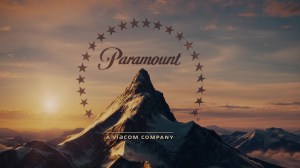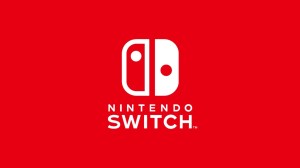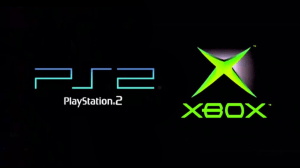Netflix’s One Piece is being hailed as one of the most successful live-action anime adaptations of all time – in large part because of the way the Netflix series captures both the look and feel of Eiichiro Oda’s pirate world in the One Piece manga and anime.
Videos by ComicBook.com
Netflix’s One Piece director Marc Jobst explained that recreating the look of the One Piece anime actually required specialty cameras:
“That [look] is one of the big challenges, one of the big technical challenges,” Jobst said. “And when you pour over the manga in the way that I did, and you really look at how they frame things … how do we realize that?
And so I wanted to find some lenses that would enable us to do that. And I’d worked with my DoP, Nicole Whitaker, on the origin story of Jupiter’s Legacy. We’d used some lenses called the MiniHawk lenses, which I really loved. They have a really lovely bokeh and they have a lovely sort of anamorphic look, but they’re not anamorphic lenses. But I also love the look of, say, the favorite. Very big wide lenses, but what the favorite did is it fish-eyed everything.
And so I said to Nicole, is there any way we could use these big wide lenses… but take the bend out of it so we have really wide lenses and ask them to give it to me close focus. So I can go into the eye, have the camera literally this close sometimes to the face of the actors. And on the other side of a lens, I see all this location stuff. So I have close focus on the eye and all that location. Now normally you do that with a split diopter. I didn’t want that. I wanted to be able to go into our world with the characters and then for them to walk away from the camera and then you’re into this big wide shot. So when you look at the manga shots, it informs you quite a lot about how to shoot it.”
To make that directorial vision a reality, Jobst had to seek out some camera technology that was never used in TV before:
So this German company created these MiniHawks, never been used before, only ever been used on One Piece,” Jobst revealed. “Special lenses with a super close focus that also then allow you to go with huge width. So what we were talking about all the time is wide and close. So you’re in close, but you’re on wide lenses. And fundamentally it let me do what I was really wanting to achieve… So we were seeing the world as the characters saw the world… And of course, those lenses were then used for all the different episodes. So even though we changed directors, we were keeping a house style of what the show would look like through using these very special lenses.”
The reasoning behind all that technical hurdle-jumping was simple and pure: making the viewer feel as though they were experiencing the world of One Piece right alongside the characters, rather than watching them move through it:
“I want our audience to want to be on this adventure with them,” Jobst explained. “I want them at the end of each episode to say, I want to be on that boat with them. I’m going to put my phone down, I’m going to turn off my screen, and I’m going to go out and have an adventure with these guys having so much fun. And I felt like if we go back to the traditional way, which is the wide and then the closeups, you are not giving that magic of what these characters were experiencing.”
Netflix’s One Piece Season 1 is now streaming.









